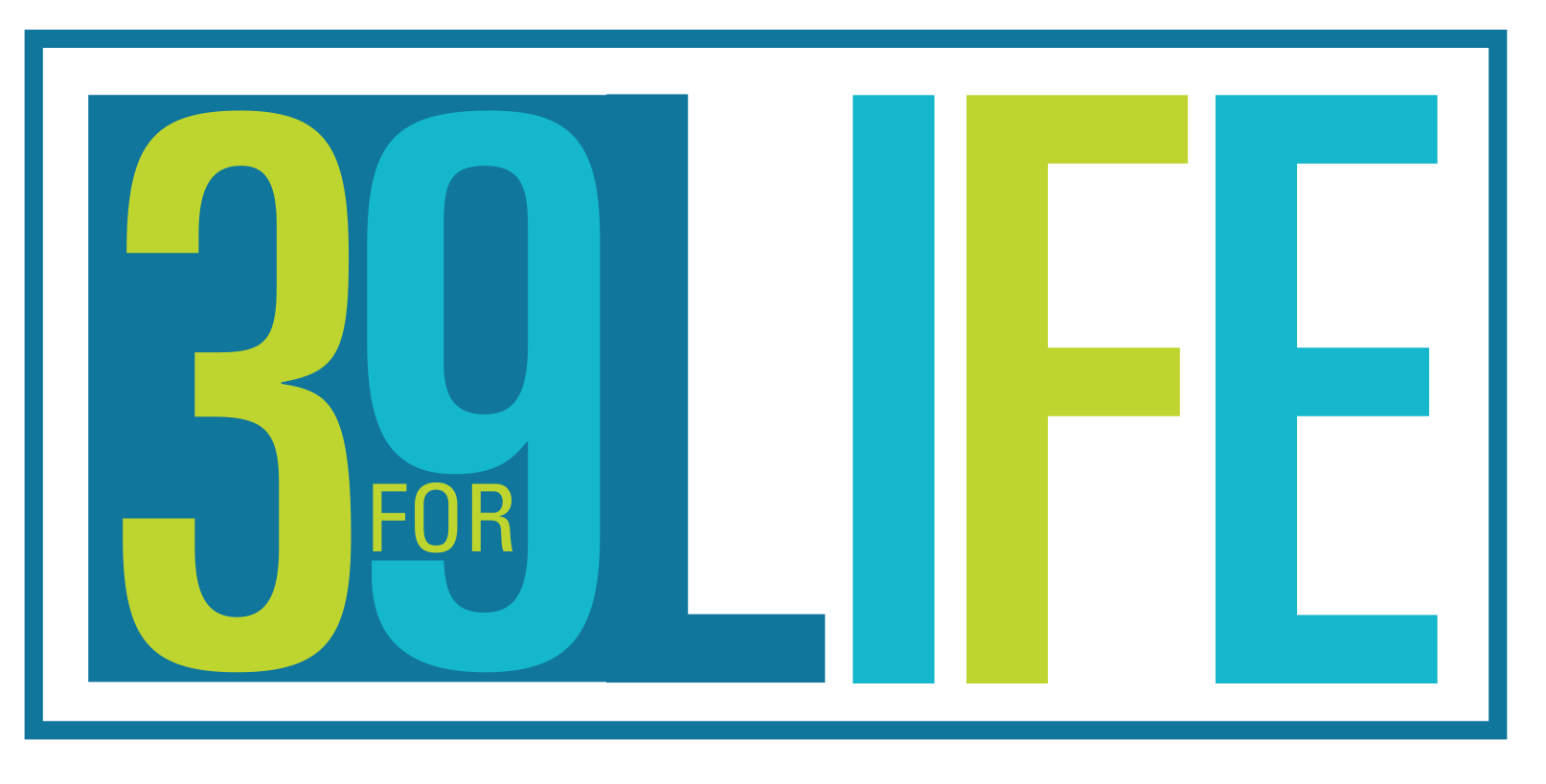A stroke is the fourth leading cause of death. More than 133,000 people in the United States die from a stroke every year, and approximately 795,000 people experience a stroke per year — that’s one person every 40 seconds. But did you know that 80 percent of strokes are preventable?
Amy was able to interview Rachel Born, a registered n3urse at Intermountain Healthcare, to find out more about strokes and how we can act quickly to save ourselves and our loved ones.
QUESTION: Rachel, thank you so much for meeting with me. First of all, what is a stroke, exactly?
ANSWER: My pleasure. A stroke is a “brain attack,” or a disruption of blood flow to various areas of the brain. When this happens, the area of the brain that is not receiving blood dies.
QUESTION: What causes a stroke? And are there ways to prevent it?
ANSWER: There are two different types of risk factors for strokes. Unchangeable risk factors, which account for 20 percent of strokes, include sex (women have a greater risk), age (greater risk over 55 years of age), race (African-Americans are at higher risk), diabetes and family history of stroke. Changeable risk factors, which account for 80 percent of strokes, are largely preventable. These include high cholesterol, high blood pressure, heart disease, atrial fibrillation, coronary artery disease, smoking, obesity and alcohol use.
QUESTION: This subject hits home for me personally, because Dad (Wayne Osmond) had a major stroke two years ago, and Grandma (Olive Osmond) died as a result of a stroke that left her completely paralyzed for nearly two years. As a daughter, I want to be prepared if Dad has a stroke again. How do I know if he is having a stroke?
ANSWER: You can assess the situation using the acronym “FAST:” Face, Arms, Speech and Time.
Face: Ask him to smile, lift his eyebrows and puff his cheeks. Does one side of the face droop?
Arms: Ask him to raise both arms. Does one arm drift downward?
Speech: Ask him to repeat a simple sentence. Does his speech sound slurred, or does he struggle to say the sentence correctly?
Time: If you observe any of these signs individually or collectively, then call 911 immediately.
Other signs and symptoms include a sudden onset of numbness or weakness (especially on one side of the body); confusion; difficulty walking or loss of balance; vision changes; or a severe headache.
QUESTION: OK, so let’s say that I think he’s having a stroke. Should I drive him to the Emergency Room?
ANSWER: Actually, no — you should wait for an ambulance. Call 911 and note the time of the onset of the symptoms. Two million brain cells die every minute during a stroke, so you need to receive care as soon as possible. An ambulance can provide care during transit as well as arrange for immediate care when you arrive at the Emergency Room, thus avoiding any lines or time spent filling out forms. Even though it may seem like an ambulance is taking too long to arrive, you will receive care most quickly if you wait for help to arrive.
Greg and Amy’s Recommendation:
A stroke is a medical emergency. When one occurs, it is critical to receive care as soon as possible, as well as to know at what time the stroke started. The reason for this is that there are some treatments that patients can only qualify for if they arrive at the hospital soon enough (certain therapies must be administered within three hours of the onset of symptoms). As such, it is not only important to be able to recognize the signs and symptoms of a stroke, but to recognize them early and immediately call 911. Calling sooner rather than later can save a life, as well as the quality of life, for that person.
Health & Wellness is written by Amy Osmond Cook and Greg Osmond. Dr. Amy Osmond Cook is Director of Provider Relations at North American Health Care and executive director of the Divorce Support Center. Dr. Greg Osmond is a pathology fellow at Harvard University. Their full profiles are available at drosmond.com. Join their mailing list to receive monthly health and wellness updates.
Dr. Greg Osmond and Dr. Amy Osmond Cook are independent healthcare professionals, and their opinions do not necessarily represent the opinions of each other or the Daily Herald. This column is for entertainment purposes and should not be viewed as professional healthcare advice. If you are experiencing health problems, please contact your local physician or healthcare provider.





